Remembering the ‘Swilly Train’
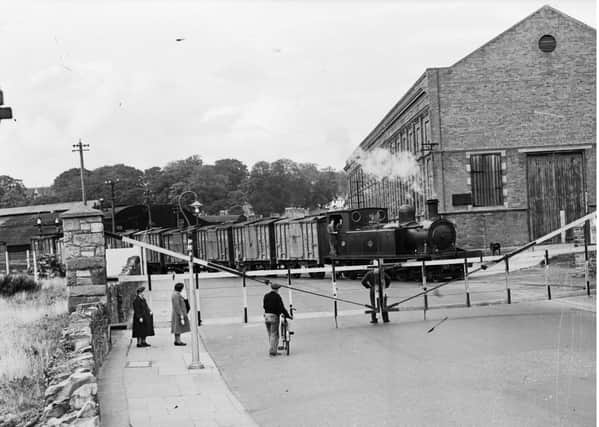

An era in the history of public transport in Derry and Donegal that extended over nearly a century was officially brought to a close on Saturday, August 8, 1953, when the last of the remaining rail services of the Londonderry and Lough Swilly Railway Company was mothballed.
By the early 1950s, most of the one hundred miles of railway that the company had operated had closed down.
Advertisement
Hide AdAdvertisement
Hide AdIndeed, by 1953, all that remained were the Derry to Buncrana and the Derry to Letterkenny sections - used mostly for goods trains, with accommodation on them for a small number of passengers.
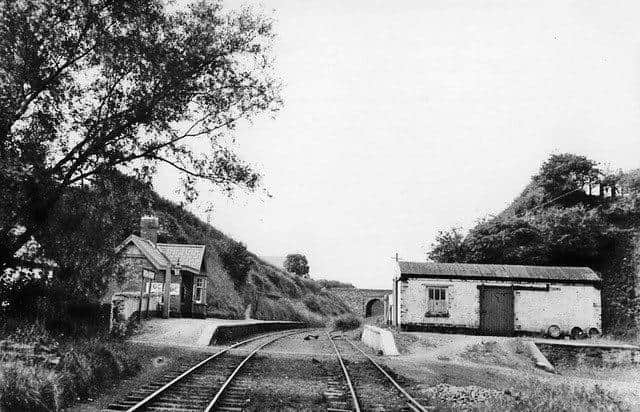

It was 5.30 p.m. on August 8. 1953, that the last train steamed across the level-crossing at Strand Road and slowly came to a stop at the terminus at Pennyburn.
According to the ‘Derry Journal’, of August 10, the event signified “goodbye” to the well-known old railway that had “been filled with memories for Derry and Donegal people and their fathers and grandfathers.”
In fact, a ‘Derry Journal’ reporter was the only pressman present for the arrival of the last train into Derry, actually travelling on the footplate of its engine on the last lap of the journey.
Advertisement
Hide AdAdvertisement
Hide Ad“The great warmth of the afternoon”, he wrote, “was intensified when one stood inside the engine, beside Mr. Robert Turner, Florence Street, Rosemount, the senior driver on the railway, and his fireman, Patrick Clifford, Creggan Heights, who were bringing the train from Letterkenny.
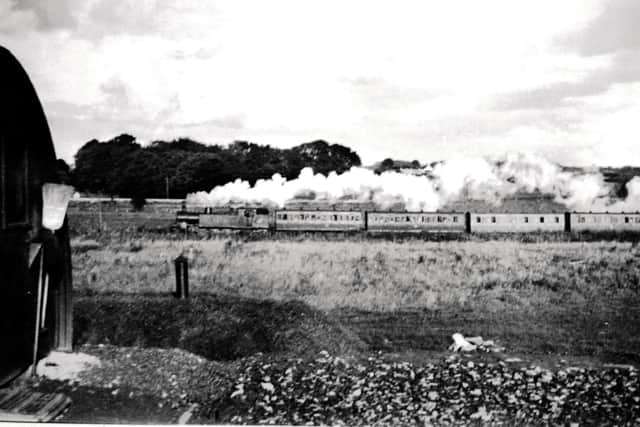

“As the train halted for a minute on the outward side of the Strand Road level-crossing gates, neither the guard, Mr. Daniel McFeely, of Carlisle Road, nor anyone else, called ‘Next stop, Derry’. Everyone knew that the next stop would be the last - the last ever.”
The ‘Journal’ report went on: “The train was watched by hardly a score of persons as it rumbled over the level-crossing and along the final few hundred yards of grass-grown track of a dying railway into the almost roofless terminus at Pennyburn. The platform at which it drew up was deserted. On its left stood the adjoining track, and there one saw parked a few rail tank cars and coupled to them a few passenger coaches, empty, old and of indefinite colour - silent remainders of days when the old station was alive with the laughter of thousands of excursionists.
“With his driver’s rag in his hand, Robert Turner made his last adjustment at the engine and the train pulled up. ‘That’s the end,’ he said.
Advertisement
Hide AdAdvertisement
Hide Ad“The Swilly Railway service ended quietly - just like that.”
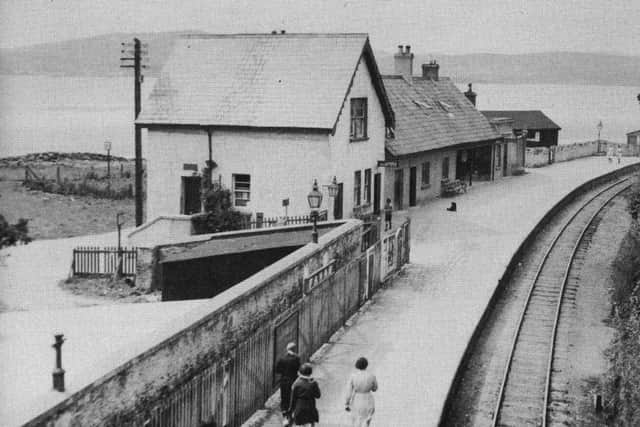

The Londonderry and Lough Swilly Railway Company was incorporated in 1853, and its centenary occurred on June 28, 1953 - but the event passed practically unnoticed with no celebration. It was already known that the railway’s end was imminent.
The company did not really function until the end of 1863 when, on December 31, the first stretch of railway was opened. This was a broad gauge line running from Derry as far as Farland Point at Inch. An extension to Buncrana was opened in September, 1864.
At its inception, and for many succeeding years, the terminus in the city was located close to the city’s Guildhall. In 1884, however, the terminus relocated to a station beside the graving dock at Pennyburn.
Advertisement
Hide AdAdvertisement
Hide AdThe Letterkenny line was opened in June, 1883, while the line from Buncrana to Carndonagh opened in July 1901. Finally, in March 1903, the Letterkenny to Burtonport extension was opened. The company’s entire network then comprised 100 miles of track.
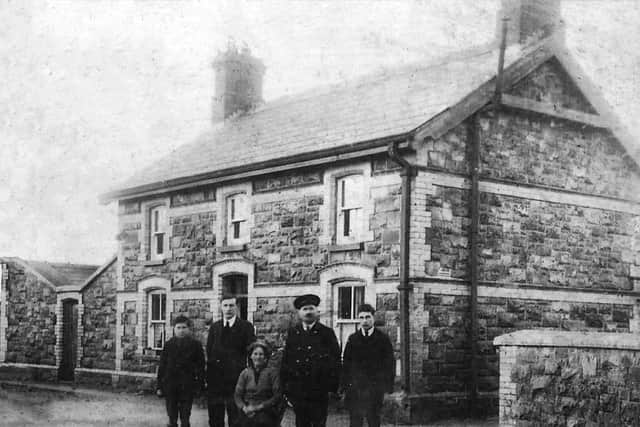

However, within a matter of years, the line was being run at a loss, and only government subsidies enabled it to continue.
The first section of the railway to close was the Buncrana and Carndonagh line in 1935.In June, 1940, the LetterkennyBurtonport line was officially closed to traffic.
Probably the biggest achievement in the construction of the Swilly Railway was the building of the Owencarrow Viaduct, not far from Creeslough - 380 yards in length and 30 feet in height.
Advertisement
Hide AdAdvertisement
Hide AdDuring a gale at the end of January, 1925, a train was blown off it, and four of the fourteen passengers were killed and five injured. It was later ruled that, when the wind reached a certain speed, all traffic over the viaduct had to be stopped.
Another major disaster on the railway was a head-on collision between two trains on June 21, 1891, at Springtown on the outskirts of Derry. A special train, carrying 300 Donegal Artillery Militiamen, travelling from Derry to Letterkenny, collided with a train of empty coaches coming from Buncrana.
The driver of the Buncrana train was killed instantly and his fireman later died from his injuries. More than 20 militiamen were injured. Both engines were thrown off the line and smashed.
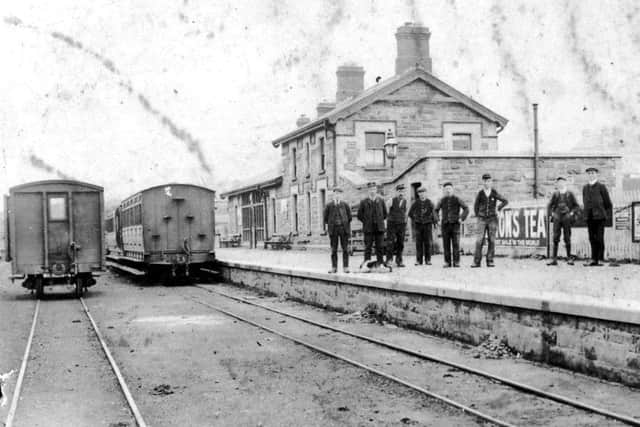

The collision would have been more disastrous but for the fact that the driver of the special train from Derry saw the approaching train and had almost brought the train to a stop when they collided.
Advertisement
Hide AdAdvertisement
Hide AdThe Swilly railway served an area than included some of the most beautiful scenery in Ireland.
Innumerable excursions were run on it - just one of them was the “Atlantic Express” from Derry to Ballyliffin. Over the years, thousands of people were transported from the city to the Atlantic coast in just an hour.
Oh, for the days of the Swilly Train!